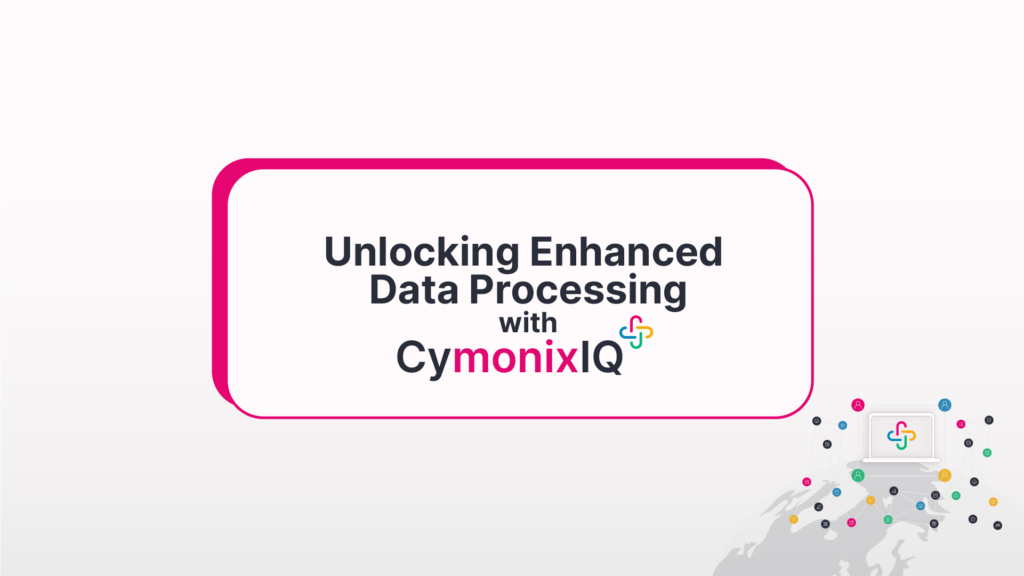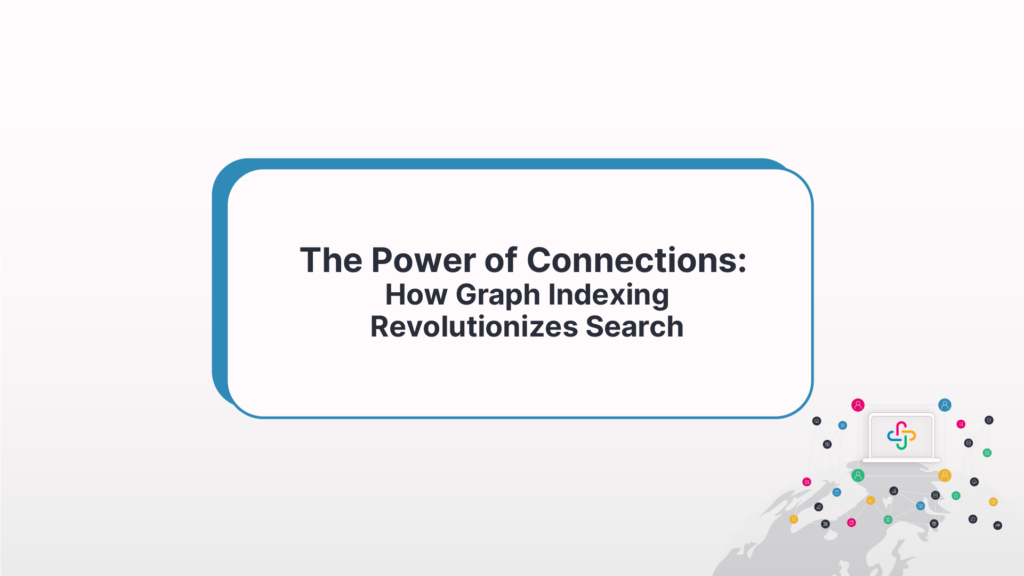Keeping Pace with Change:
Real-time Search Powered by Graph Technology
- Bill Palifka
- January 22, 2024
In today’s fast-paced world, information is constantly evolving. Traditional search methods often struggle to keep up, leaving users with outdated results that fail to reflect the dynamic nature of data. Here’s where real-time search, powered by graph technology, emerges as a game-changer, ensuring users have access to the most up-to-date information at their fingertips.
The Challenge: Bridging the Gap Between Search and Real-time Data
Traditional search engines often have a time lag between data updates and searchable results. This can be problematic in domains where information changes rapidly. Imagine searching for live sports scores or tracking the ever-fluctuating stock market – outdated results can lead to missed opportunities or costly decisions. Real-time search powered by graph technology addresses this challenge.
The Graph Advantage: Speed and Efficiency in Traversing Relationships
Graph databases excel at capturing and representing relationships between data points. This allows them to efficiently traverse the data graph, making it possible to update search results in near real-time. Imagine searching for a specific product and seeing its availability update dynamically as inventory changes or receiving real-time traffic updates to optimize your commute.
Key Features for Enhanced Search Experiences
Dynamic Results: Reflecting the Ever-Changing Landscape
Real-time search powered by graph technology ensures that search results reflect the most up-to-date information. As data changes within the graph database, search results automatically update to reflect this change. This empowers users to make informed decisions based on the latest available information.
Improved Decision-Making: Acting on the Latest Insights
In fast-paced environments, access to real-time information is crucial. Real-time search empowers users to make data-driven decisions with greater confidence. Imagine financial traders receiving real-time stock price updates or emergency responders accessing the latest traffic information to optimize their routes.
Enhanced User Experience: Always Seeing the Latest Information
Real-time search leads to a more satisfying user experience. Users can be confident that the information they see through search results is current and reflects the latest developments within the data landscape. This eliminates frustration caused by outdated search results and empowers users to stay ahead of the curve.
Industry Applications: Transforming Search in Dynamic Environments
Financial Markets: Trading with Real-time Insights
Financial traders rely on real-time search to access the latest stock prices, market trends, and news updates. By leveraging graph technology, search engines can deliver this information in near real-time, empowering traders to make informed investment decisions based on the most up-to-date data.
Social Media: Following the Conversation as it Unfolds
Social media platforms utilize real-time search to keep users engaged with the latest trends and conversations. By analyzing the connections between users, posts, and trending topics, search engines can surface real-time updates, ensuring users are always at the forefront of the ever-evolving social media landscape.
Fraud Detection: Identifying Threats as they Emerge
Financial institutions leverage real-time search to combat fraud. By analyzing the relationships between accounts, transactions, and suspicious activity in near real-time, graph technology can identify potential fraud attempts as they occur, enabling institutions to take swift action and safeguard their financial systems.
The Future of Search: A Dynamic and Up-to-the-Minute Journey
Real-time search powered by graph technology signifies a shift towards a more dynamic and time-sensitive search experience. As data continues to grow and evolve at an ever-increasing pace, the ability to access real-time information becomes paramount. Graph technology offers a glimpse into the future of search, a future where information retrieval is not just efficient but also reflects the ever-changing nature of the data landscape.



